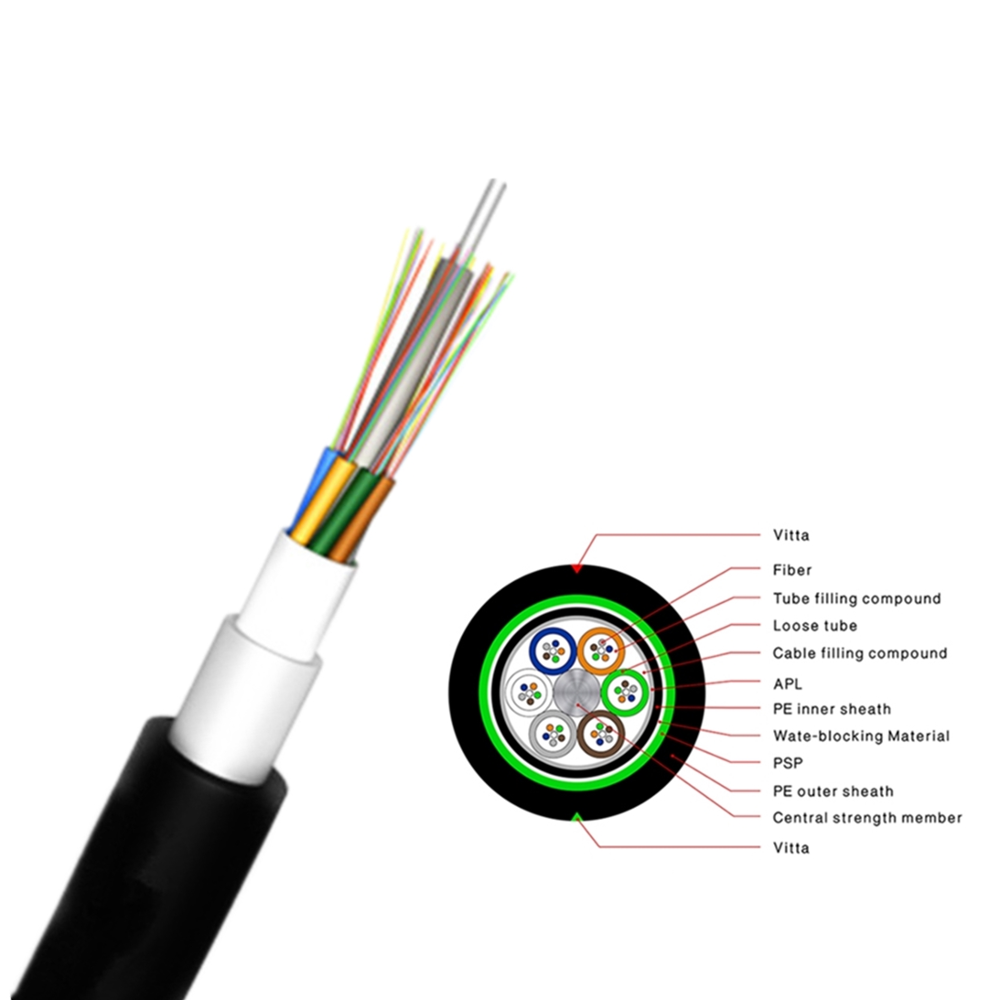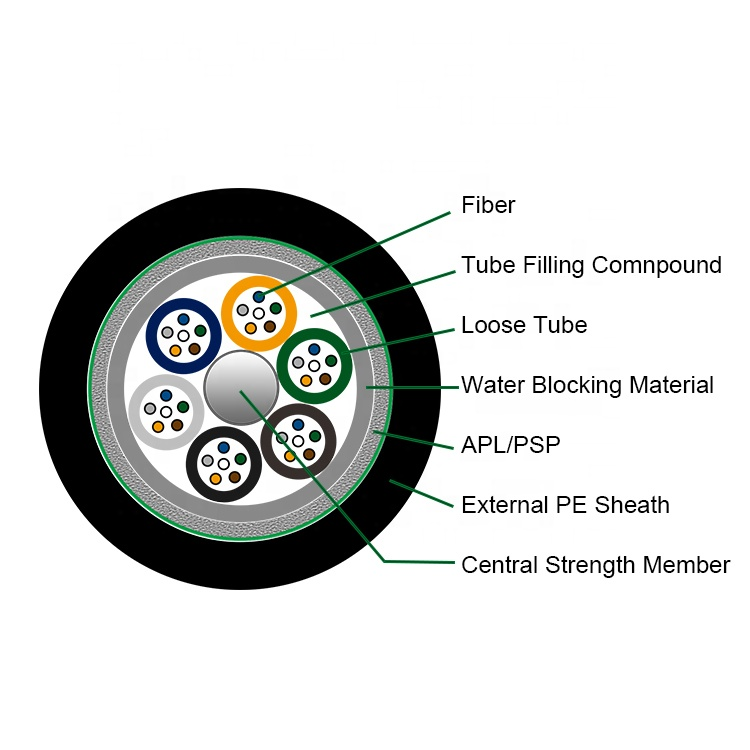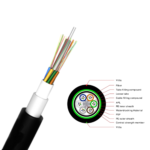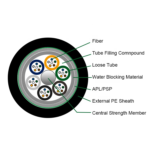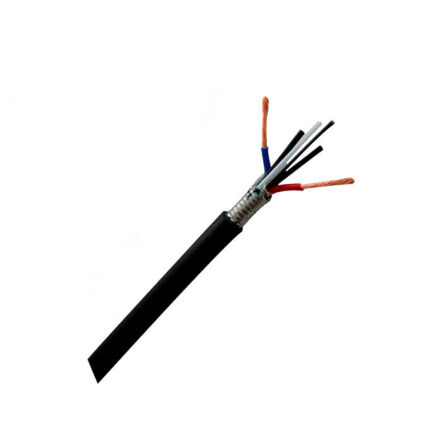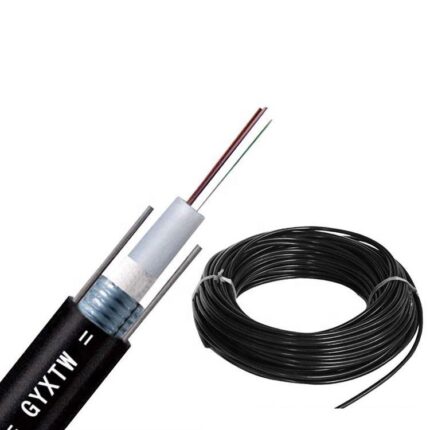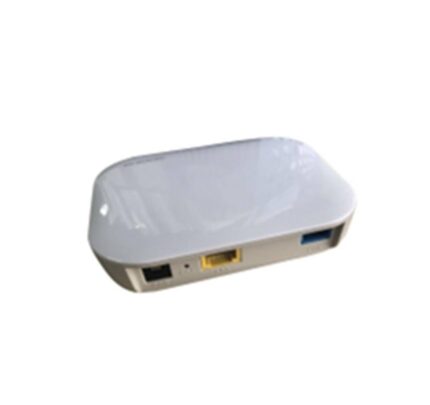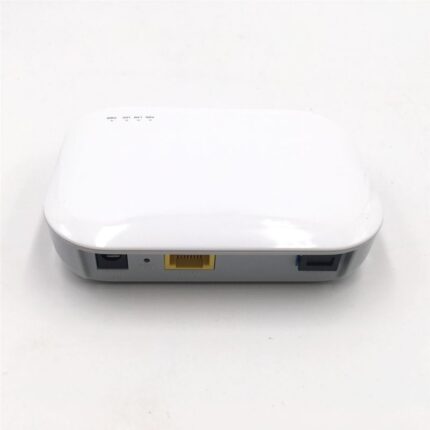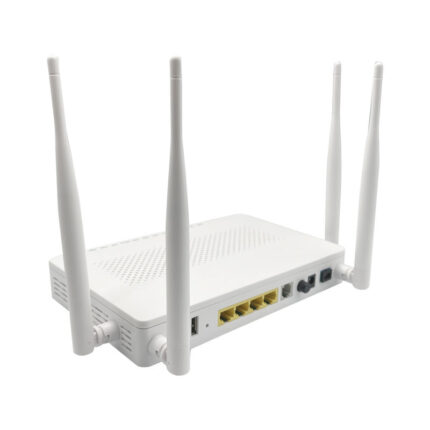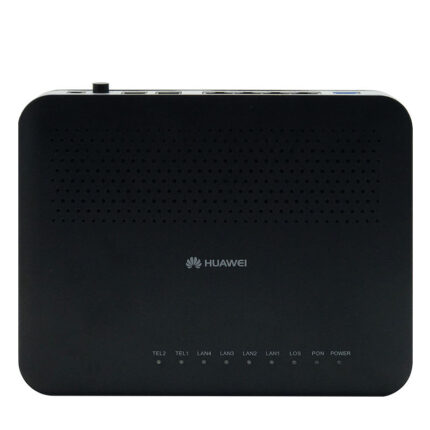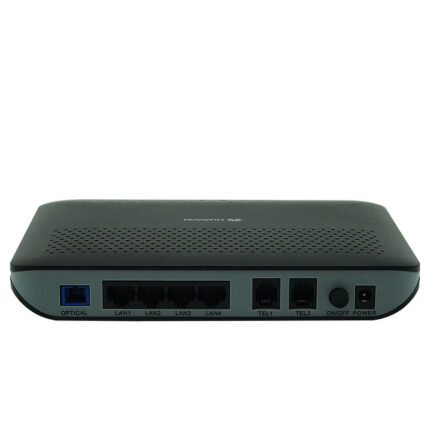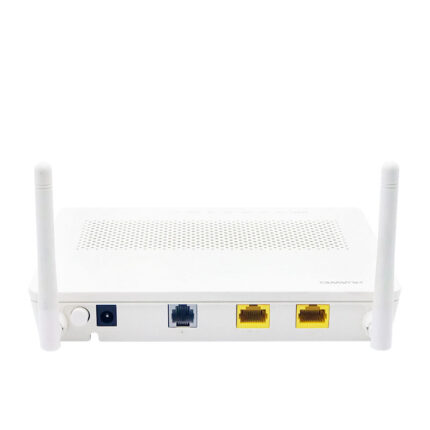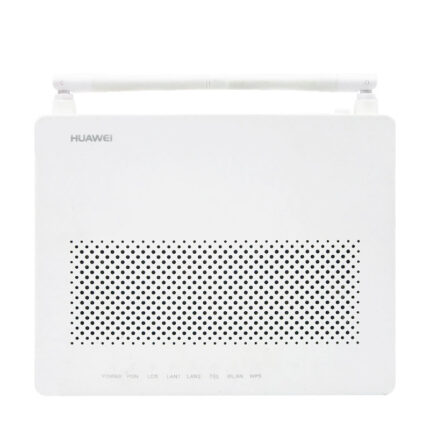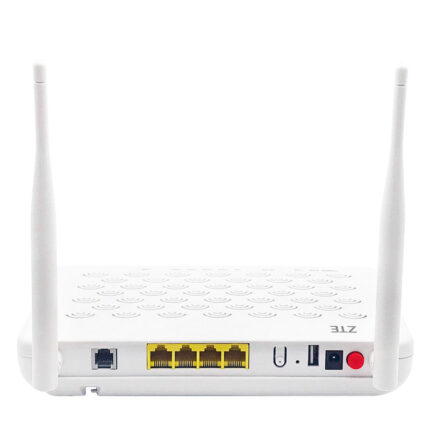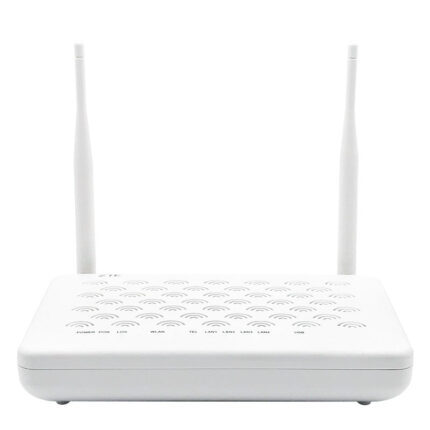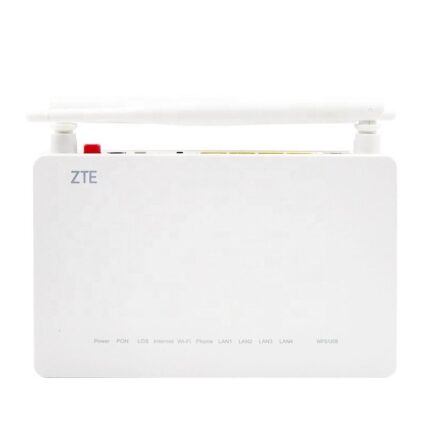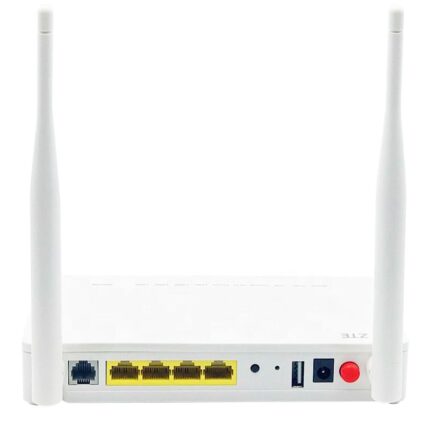ADSS Fiber Optic Cable Description:
ADSS Fiber Optic Cable adopts loose tube cysts structure, optical fiber into the pine casing made of high modulus polyester material, waterproof casing filling compound pine casing (and filling line) around non-metallic center (FRP) to strengthen core twisted into a compact core, core within the gap filled with gel core outer extrusion polyethylene (PE) inner sheath, and then strengthen the bidirectional twisted around two layers of the function of aramid yarn, finally extrusion polyethylene (PE) coat or electrical erosion resistance (AT) your coat.
Characteristics:
·Good mechanical and temperature performance
·High strength loose tube that is hydrolysis resistant
·Special tube filling compound ensure a critical protection of fiber
·Crush resistance and flexibility
·The following measures are taken to ensure the cable watertight:
-Single Fiber Reinforced Plastic as the central strength member
-Loose tube filling compound
-100% cable core filling
-PSP enhancing moisture-proof
-Water-blocking material
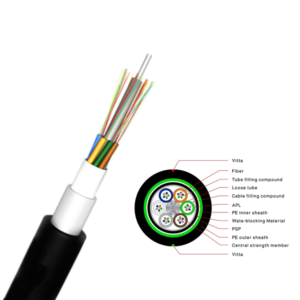
Applications:
ADSS Fiber Optic Cable (All-Dielectric Self-Supporting) fiber optic cables are specifically designed for aerial installations, where they are deployed without the need for additional support structures like messenger wires. Here are some common applications of ADSS cables:
- Telecommunications Networks: ADSS cables are extensively used in telecommunications networks for long-distance communication links between buildings, telephone exchanges, cell towers, and other network nodes. Their self-supporting design makes them ideal for spanning across utility poles and minimizing installation time and costs.
- Internet Service Providers (ISPs): ISPs often deploy ADSS cables to expand their network infrastructure and provide high-speed internet access to residential and commercial customers. These cables facilitate the transmission of broadband data over long distances, supporting services such as fiber-to-the-home (FTTH), cable internet, and digital subscriber line (DSL).
- Electric Utility Networks: ADSS cables are commonly deployed in electric utility networks for communication and monitoring purposes. They enable utilities to establish reliable communication links for supervisory control and data acquisition (SCADA), smart grid applications, distribution automation, and remote metering.
- Transportation Infrastructure: ADSS cables are used in transportation infrastructure projects such as railways, highways, and airports to establish communication networks for traffic management, surveillance, and passenger information systems. They provide high-bandwidth connectivity for cameras, sensors, and control systems deployed along transportation routes.
- Oil and Gas Industry: In the oil and gas industry, ADSS cables are employed for communication and data transmission in remote oil fields, pipelines, and drilling operations. They support applications such as remote monitoring of equipment, control of pumping stations, and real-time data acquisition for production optimization and safety.
- Government and Defense: ADSS cables are utilized by government agencies and defense organizations for establishing secure communication links in strategic locations, military bases, and border surveillance systems. Their robust construction and resistance to environmental factors make them suitable for mission-critical applications in challenging terrains.
- Educational and Research Institutions: Educational institutions and research facilities deploy ADSS cables to create high-speed networks for scientific research, data transfer, and collaboration among researchers. These cables support the transmission of large datasets, video conferencing, and remote access to scientific instruments and resources.
